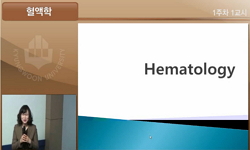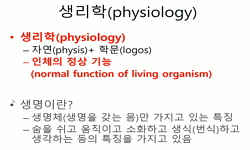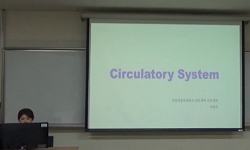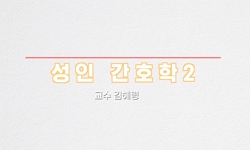Objectives. Depending on the curriculum and characteristics of dentists, occupational exposure to blood and body fluids of dental students is a serious problem. However, data on the exposure of dental students is still limited. This study analyzed exp...
http://chineseinput.net/에서 pinyin(병음)방식으로 중국어를 변환할 수 있습니다.
변환된 중국어를 복사하여 사용하시면 됩니다.
- 中文 을 입력하시려면 zhongwen을 입력하시고 space를누르시면됩니다.
- 北京 을 입력하시려면 beijing을 입력하시고 space를 누르시면 됩니다.

치의학 전공 학생들의 임상 실습 중 혈액 및 체액의 노출 정도 = Exposure to blood and body fluids during clerkship of dental students치의학 전공 학생들의 임상 실습 중 혈액 및 체액의 노출 정도
한글로보기https://www.riss.kr/link?id=A87000139
- 저자
- 발행기관
- 학술지명
- 권호사항
-
발행연도
2011
-
작성언어
-
-
주제어
주사침 자상 ; 치의학 전공 학생 ; 혈액 ; blood ; dental student ; needlestick injuries
-
KDC
500
-
등재정보
KCI등재
-
자료형태
학술저널
- 발행기관 URL
-
수록면
227-232(6쪽)
- 제공처
-
0
상세조회 -
0
다운로드
부가정보
다국어 초록 (Multilingual Abstract)
Objectives. Depending on the curriculum and characteristics of dentists, occupational exposure to blood and body fluids of dental students is a serious problem. However, data on the exposure of dental students is still limited. This study analyzed exposure rate to healthcare-associated accidents using questionnaires. Methods. Questionnaires included student age and sex, healthcare-related environment, frequency of accidents, causes and situations. In total, 112 dental students completed the questionnaires after finishing their clinical clerkship in a single tertiary academic dental hospital from 2007 to 2009. Accidents were divided into two categories: invasive injury through the mucocutaneous barrier and noninvasive exposure to contaminated blood and secretions. Severity of injury was classified into minimal as no bleed and little hemorrhagic spots and massive as gross bleed and need compression and dressing. Results. More than 90% (105 of 112, 93.7%) of dental students experienced healthcare-associated accidents during clerkship. Splash of body fluids such as saliva and blood and needle stick injuries by hollow needle were the main occupational exposures. Noninvasive blood and body fluid splash was 94.3% (99 of 105), invasive injury was 85.7% (90 of 105). Although most students experienced little bleeding (82 of 105, 78.1%), only 35.2% of students washed their wounds with soap and water after exposure. Furthermore, 94.3% of students having an occupational exposure did not report to infection control team because they were busy (49.5%), little or no perception of risk (21.9%) and did not know what to do (20.0%). Conclusions. This study highlighted that dental students have nearly been given the opportunity to meet healthcare-associated accidents irrelevant to the severity of injury and types of work. Despite the precarious situations, most students ignored exposure hazards. Therefore, supervisors should remind students about the hazards of healthcare worker-related infections, general precautions and infection controls.
동일학술지(권/호) 다른 논문
-
일부 치과대학생의 통제의 소재와 구강건강증진행태의 연관성
- 대한예방치과·구강보건학회
- 이흥수 ( Heung Soo Lee )
- 2011
- KCI등재
-
임플란트 만족도와 치료 의사 결정에 대한 영향 요인 연구
- 대한예방치과·구강보건학회
- 정선영 ( Sun Young Chung )
- 2011
- KCI등재
-
강원도 일부 노인에서의 노인구강건강평가지수(GOHAI)의 타당 도와 신뢰도
- 대한예방치과·구강보건학회
- 신선정 ( Sun Jung Shin )
- 2011
- KCI등재
-
사업장 관련자를 대상으로 한 공중구강보건사업 우선순위 결정도구 개발
- 대한예방치과·구강보건학회
- 한동헌 ( Dong Hun Han )
- 2011
- KCI등재




 KISS
KISS






